Colorado offers some of the best skiing, snowshoeing and hiking opportunities in America. And out in the wilds under the big Rocky Mountain sky, you’ll find a remarkable system of remote huts that provide the opportunity to go further into the backcountry than you ever imagined.
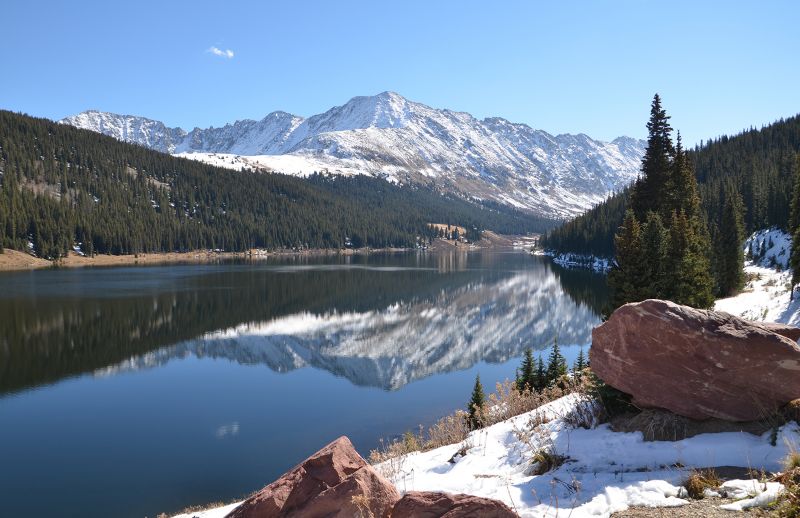
Colorado’s hut systems make the wilderness accessible – and sometimes downright comfortable. These backcountry cabins have kitchens, beds and wood-burning stoves, and a few provide food so you can leave the hundred-pound backpack at home. A few are even complete with rustic, wood-burning saunas. But the systems’ complexity and the rugged nature of the hikes and ski routes between them can seem daunting for first-timers. Here’s our guide to the Colorado hut system.
Colorado Huts Overview
There are over 160 huts and yurts (permanent circular tents reminiscent of what you’d find on the Mongolian Steppe) throughout Colorado. The vast majority of Colorado's huts are found in national forests and designated wildernesses in the mountainous central and southwestern portions of the state. It’s arguably the largest collection of backcountry huts in the United States.
A few major systems govern the majority of the huts and yurts in Colorado. The top systems include the 10th Mountain Division, Never Summer Nordic, Braun and Friends Huts , and the San Juan Huts. Every year, new huts are being added to the system, and a few luxury yurts – like the Opus Hut – serve up catered meals and hot showers.
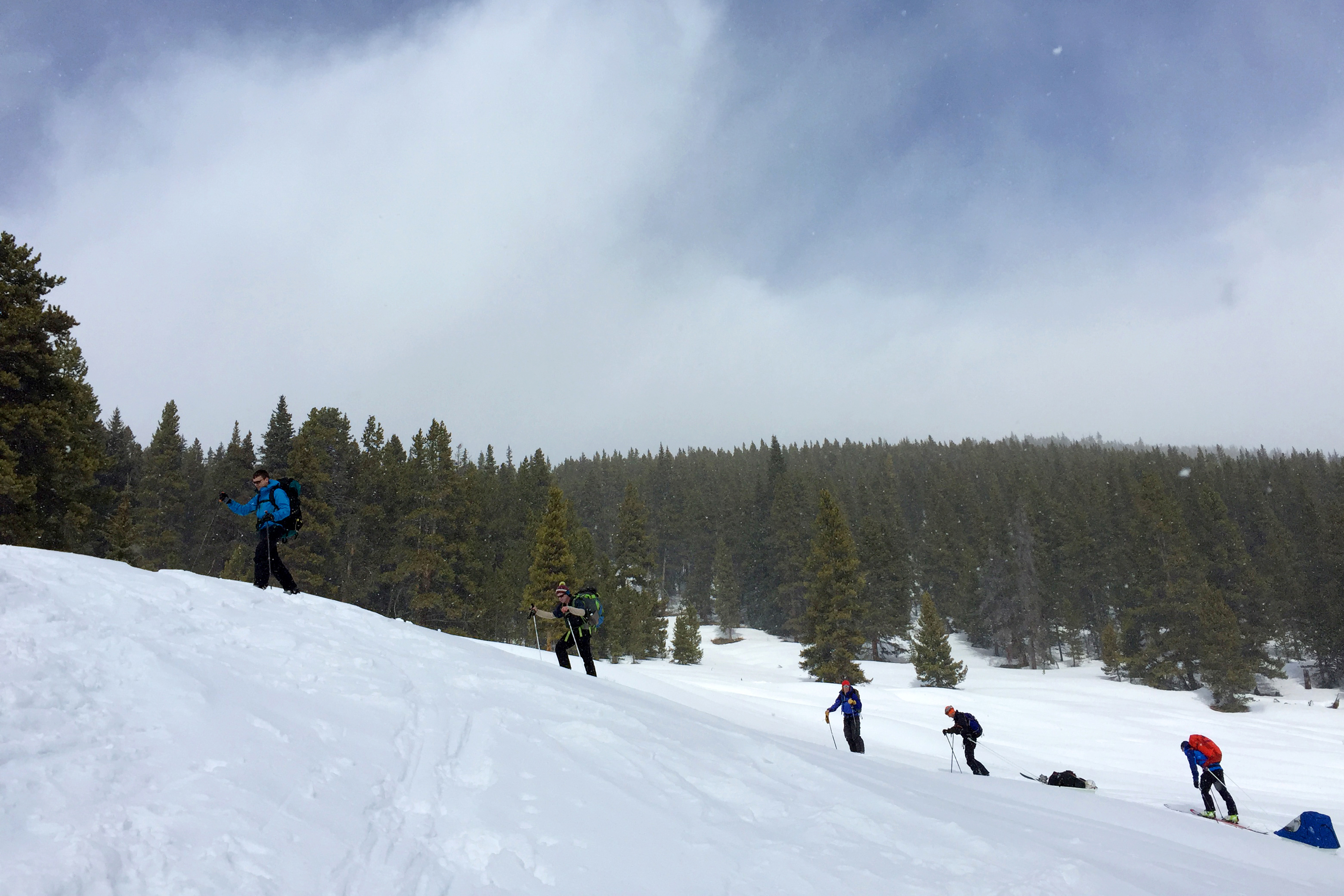
10th Mountain Division
This is the granddaddy of them all. The 10th Mountain Division serves as the clearinghouse for smaller systems like Summit Hut and Braun. The name pays homage to the American soldiers who trained for mountain warfare in the area during WWII. Most are found in Central Colorado, near old mining towns and the posh ski resorts of Leadville, Aspen and Vail. The system connects you to 350 miles of trails that exceed elevations of over 11,700 feet. They sleep three to 20 people, with the majority accommodating around 16 people. These are the best huts of the 10th Mountain Division:
- Eiseman Hut – For powder hounds, the Eiseman Hut offers the best access to ski gnarly steep couloirs (a French word meaning a steep, narrow mountain gully).
- Point Breeze Hut – For first timers, families or people seeking easy adventure, Point Breeze Hut is a top pick. The hut is privately owned, but operated by the 10th Mountain Division. It’s located just .75mi from the trailhead, making getting here, well, a breeze. It also provides access to summertime hiking along the Colorado Trail. There’s a sister cabin just 100 feet away.
- Janet’s Cabin – Part of the four-hut Summit Hut System, Janet’s Cabin, goes big on creature comforts. There’s solar electricity, composting toilets, an awesome deck and a wood-fired sauna that’s a treat like no other. It can be accessed from the backcountry gates of Copper Mountain Ski Resort in winter and is accessible via mountain bike in the summer.
- Francie’s Cabin – Located outside Breckenridge, Francie’s also has a sauna. And it’s one of the few cabins that’s wheelchair accessible in the summer (though you’ll need a four-by-four to get here and access is not guaranteed). From the hut, there’s killer hikes and bikes along the Ten Mile Range.
-
Skinner – For sheer remoteness, Skinner may be a top pick for the adventurous set. You get massive views of nearby Mount Sherman and great skiing right out your door. The hike or ski in is one of the most challenging of the huts. And you’ll be sleeping at a lung-crushing 11,620 feet.
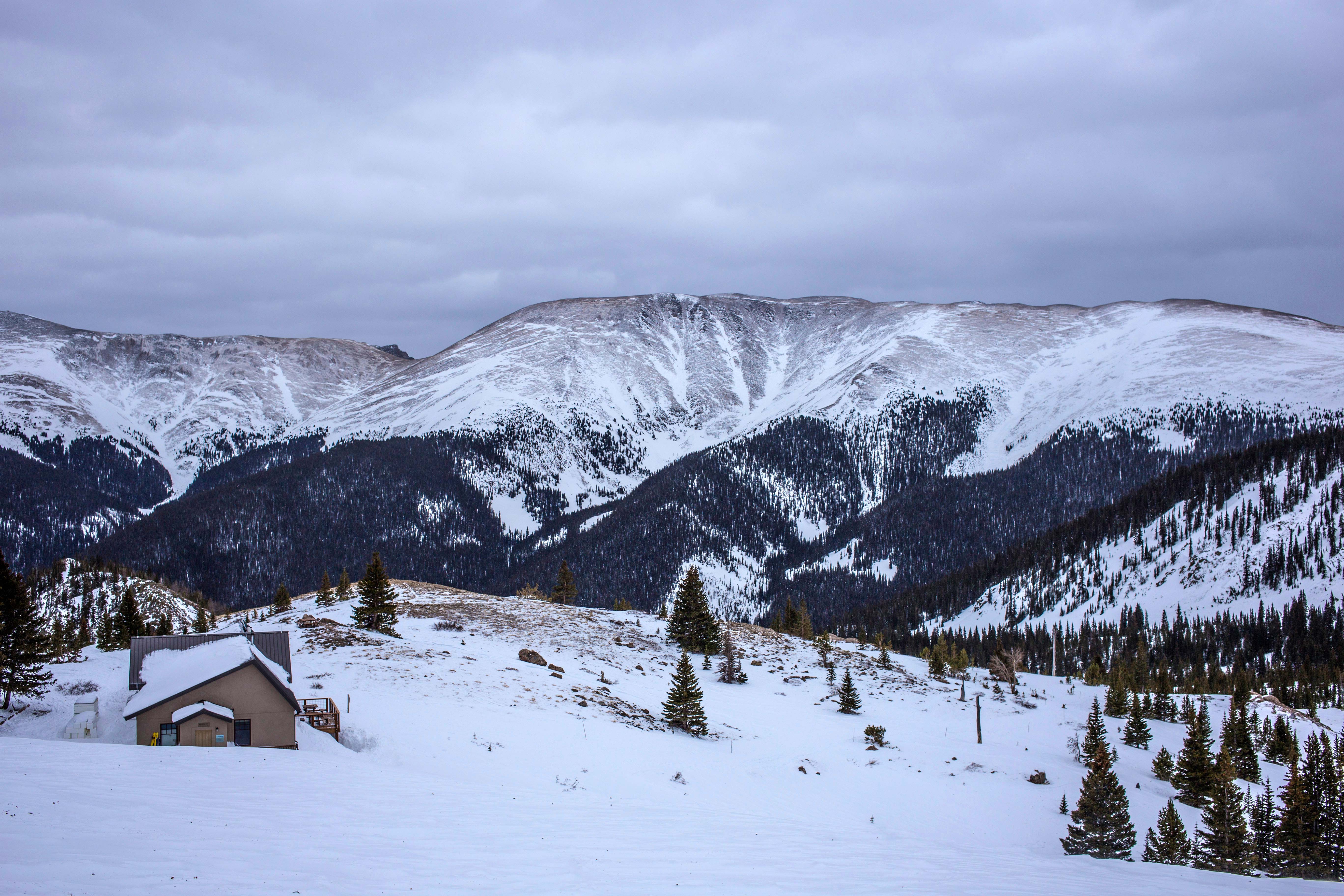
Never Summer Nordic
In the northern part of the state, this system of yurts – plus two smallish cabins – offers easy access to great skiing, hiking and mountain biking on the trails and forest-service roads of Colorado State Forest State Park. There are nine yurts and one cabin in the system. Most of the yurts are accessible by car in the summer, and the winter ski-ins are very short. This is also home to Colorado’s largest moose population, and your chances of spotting one of these majestic ungulates is high.
- Ruby Jewel Yurt – Kick off a yurt-to-yurt snowshoe or mountain bike from this easily accessible yurt. There are mountains to climb and skiing nearby, plus nice views a couple miles from the yurt at Jewell Lake.
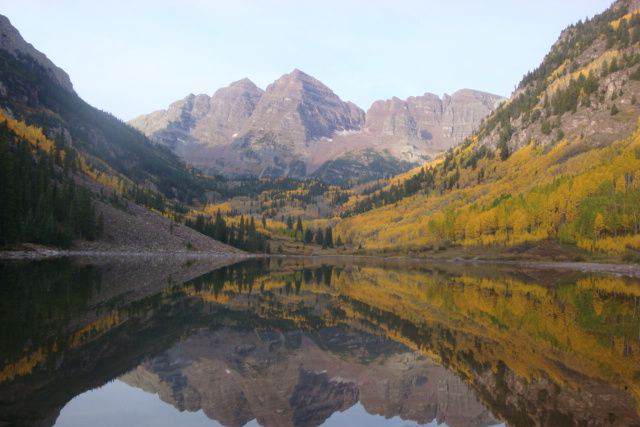
Braun and Friends Huts
Accessed from the stylish ski resort town of Aspen, this is a skier’s paradise with big lines, great snow and spectacular views of the Elk Mountain Range. All the huts sit near treeline (around 11,000 feet) and many routes pass known avalanche slide paths, making this a good spot to go with a guide if you aren’t an expert. The huts sleep up to 14 people, and remain open through May 30.
- Haute Route – Connect seven huts for a killer tour from Aspen to Crested Butte or around the Elk Mountains. A rare opportunity to do a European style tour in the Americas.
- Opa’s Hut – The flagship of the system has massive views. The other huts spider-web out from here, and can be reached in a totally doable 5 -or 6-mile haul.
In addition to providing enough space for a number of people, backcountry cabins and huts offer conveniences like stoves, beds and fireplaces.
San Juan Huts
This system is best known for it’s hut-to-hut adventures in the Southwest Colorado mountains. The winter huts connect 60 miles of trail through the Sneffels Range between Telluride and Ouray. In the summer, you can hike along the Sneffels Traverse, which offers some of the best alpine views in all of Colorado. The mountain biking hut system extends all the way to Moab, Utah.
- Backcountry Skiing and Hiking Huts – During winter, you can snowshoe or ski between the five huts in the San Juan’s original backcountry system. You’ll have great skiing on most days. And you can choose to visit just one hut or string together the entire system over 60 miles. The distance between the huts is pretty big – 10 miles with a pack and heavy skis is a full day. The summer traverse is spectacular.
- Mountain Bike Hut Trips – These trips trace mountain bike routes from Telluride or Durango in the heart of the Colorado mountains to the slick-rock, fat-tire paradise of Moab, Utah. Food is provided in the huts, so you’ll carry a minimal amount of equipment. Each day riders cover about 35 miles of single-track or dirt roads, before arriving to your cabin, where you’ll find plenty of energy bars.
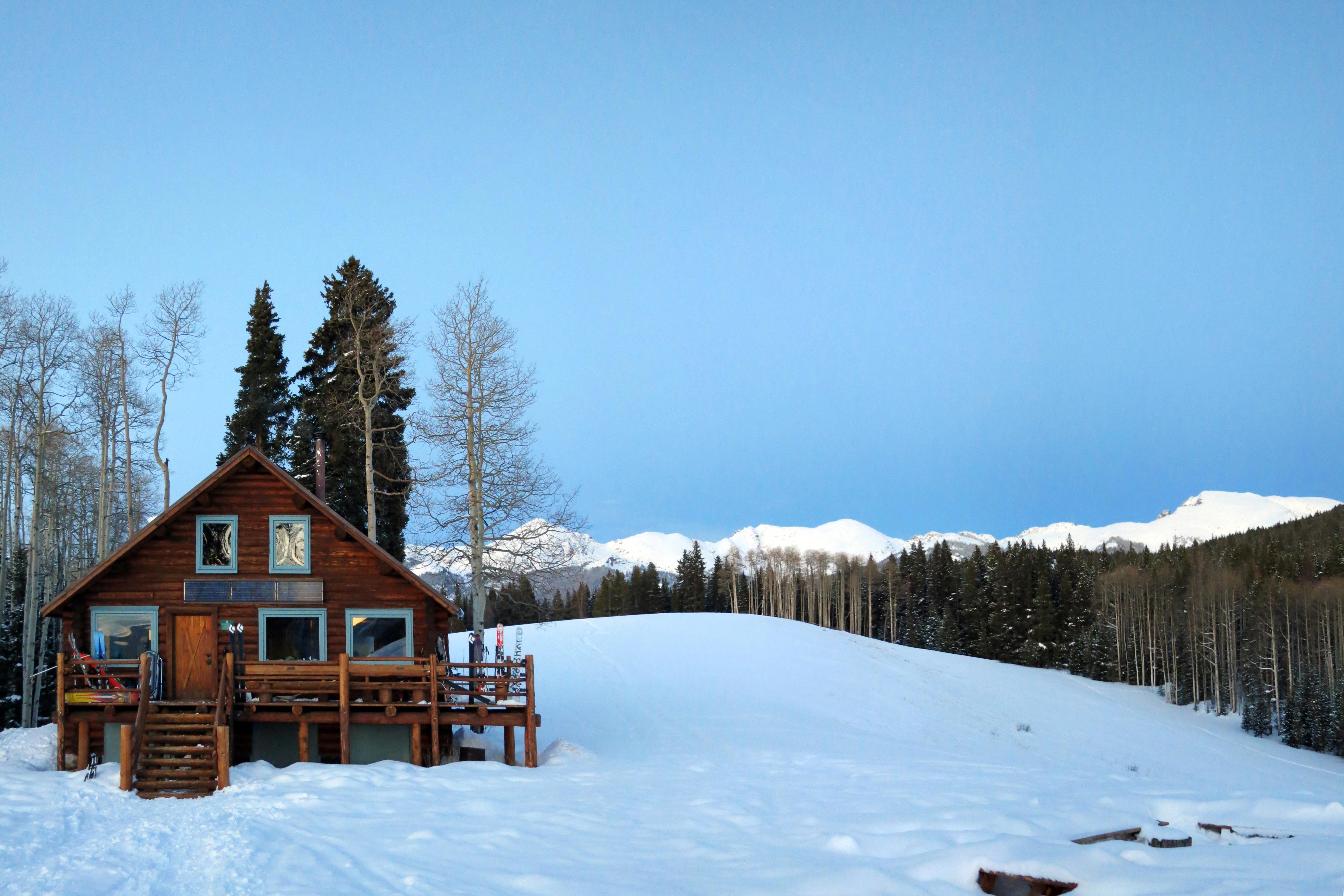
Planning Your Trip
-
Getting Started. A trip to a hut is a true adventure. While the trails are generally marked, you should have a compass and map (and know how to use them). See more packing tips and general information.
-
Booking. Winter stays at the 10th Mountain Division Huts, Grand Huts and Summit Huts are booked using a lottery system. You’ll need to enter the system in early spring for winter trips in the following year. Summer trips are less competitive. Consider midweek trips to up your chance. Looking for last-minute cancellations is another good bet. Most huts can be booked individually (you’ll share the experience with other groups). If you have a large group, booking an entire hut is a great way to ensure privacy. No dogs are allowed.
-
Getting In. Many huts are 6 to 9 miles from the trailhead – though there are a few standouts with short hikes of less than a mile, which are great options for families. You’ll likely be carrying food for the trip, a sleeping bag, safety gear and clothes. The hike-ins average between 1500 and 2500 feet in elevation gain, starting at around 8000 feet and taking you above the treeline line near 11,000 feet. In the winter, you can cross-country ski, snowshoe or ski tour in. Some huts are accessible by mountain bike or four-wheeler road in the summer.
-
Staying Safe. Protect yourself from the sun and stay hydrated. In summer bugs can be a nuisance (and you’ll want to be bear and wildlife savvy on the trails). During winter, you will be traveling into avalanche country. Not every ski-in takes you across avalanche paths – the Braun system takes you through the most – but it’s definitely worthwhile going with a guide or highly experienced friend if you are a backcountry novice.
More Resources
Huts.org – http://www.huts.org/
Friends of Berthoud Pass – http://berthoudpass.org/
Colorado Avalanche Information Center – http://avalanche.state.co.us/index.php
Avalanche.org – http://avalanche.org/
Oric Map of Colorado Huts – http://www.oriconline.org/where_to_stay/huts_yurts_cabins.htm




